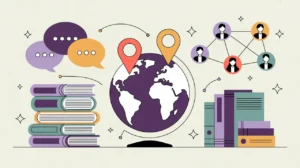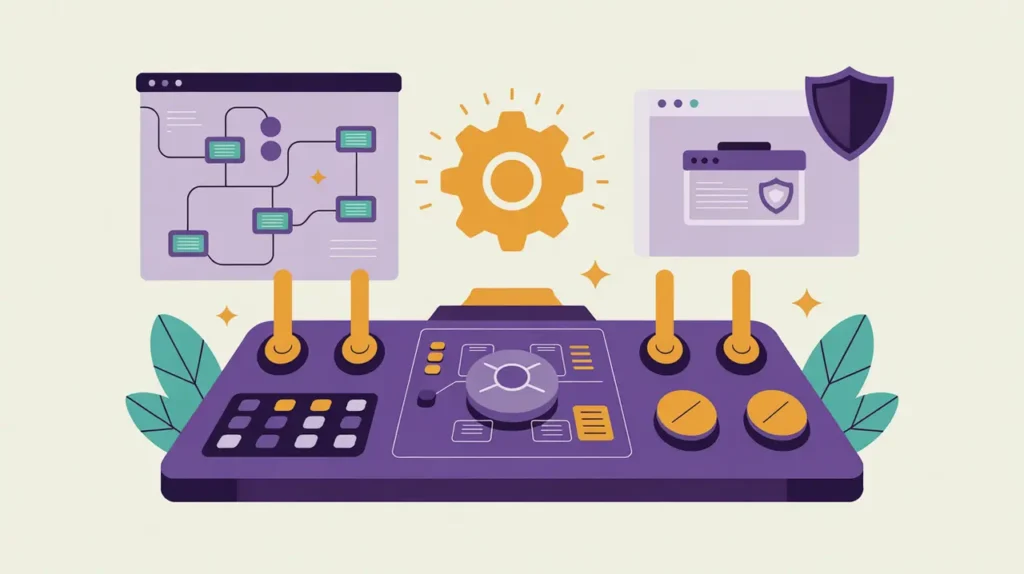What Does Data Visualization & Analytics Involve?
Data visualization and analytics transform raw information into insights that guide decisions, improve transparency, and demonstrate impact. For nonprofits, this competency bridges the gap between data collection and action by making complex findings accessible to staff, donors, and communities.
In practice, analytics involves cleaning and structuring datasets, applying statistical or machine learning methods, and identifying trends. Visualization turns those insights into dashboards, charts, and maps that highlight patterns, risks, or opportunities. Together, they help nonprofits allocate resources, monitor program effectiveness, and communicate results persuasively.
Without strong analytics, nonprofits risk collecting data that sits unused. Without clear visualization, even good analysis fails to influence decisions. When applied together, these skills enable organizations to act with confidence and share accountability.
What Competencies are Associated with this Role?
Analytics and visualization require both technical skill and communication ability. Competencies include:
- Cleaning and structuring raw data for analysis
- Applying statistical methods to identify patterns and trends
- Designing dashboards, charts, and maps for diverse audiences
- Using tools such as Excel, Power BI, Tableau, or Metabase
- Translating technical findings into accessible insights
- Designing indicators and KPIs for real-time monitoring
- Building impact narratives from quantitative evidence
- Ensuring visualizations respect privacy and avoid bias
- Training staff on how to interpret and use dashboards
- Aligning analytics with organizational goals and strategies
How Might AI and Automation Help this Role?
AI and automation can accelerate insight generation and enhance clarity. Opportunities include:
- AI-driven anomaly detection and forecasting
- Automated dashboard updates from live data feeds
- Natural language queries for on-demand reporting
- Generative AI to create visualizations from raw datasets
- Sentiment analysis from surveys or social media data
- Automated KPI monitoring with real-time alerts
- Machine learning to cluster beneficiaries or donors by behavior
- AI-powered translation of visualizations into multiple languages
What are the Roles by Experience Level?
Roles in this area span from entry-level data support to executive leadership in analytics:
- Entry: Data Visualization Assistant, Analytics Associate – clean data, generate charts, support reporting
- Mid: Data Analyst, Insights Officer – design dashboards, analyze datasets, translate findings into recommendations
- Senior: Analytics Manager, Data Visualization Lead – oversee analytics strategy, manage dashboards, integrate analytics across functions
- Executive: Director of Insights, Chief Data Officer – set organization-wide analytics vision, align data use with mission strategy, represent insights externally
How Transferable are the Skills from this Role?
Analytics and visualization skills are highly transferable across mission-driven, corporate, and public sectors. Within nonprofits, they prepare staff for MEL, program strategy, and fundraising analytics roles. Outside nonprofits, they align with careers in business intelligence, market research, policy analysis, and data journalism. The ability to turn complex data into actionable insight is valuable in any field where information drives accountability and performance.







